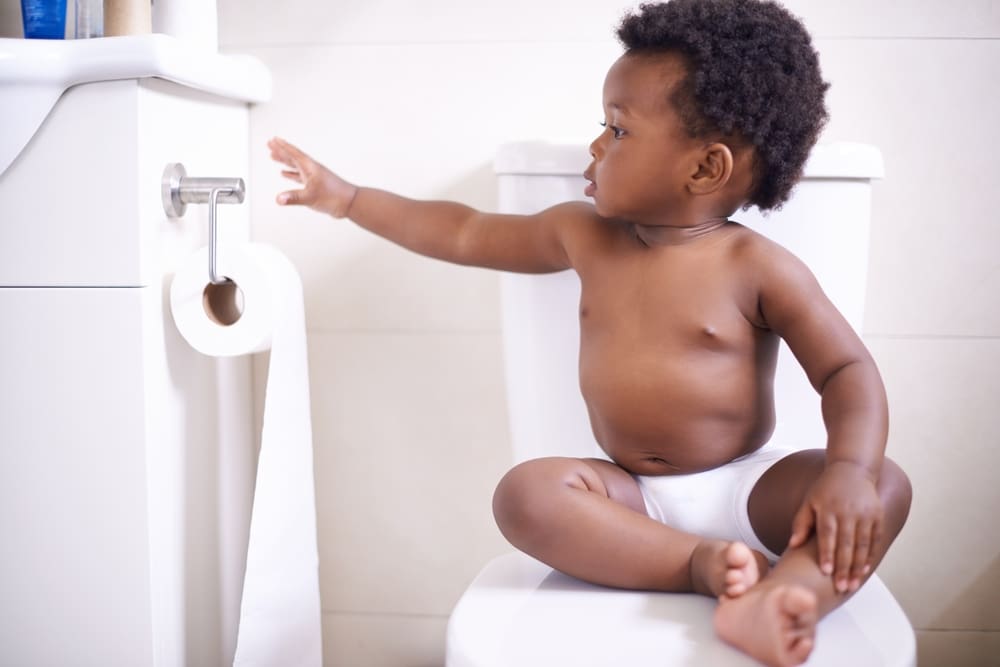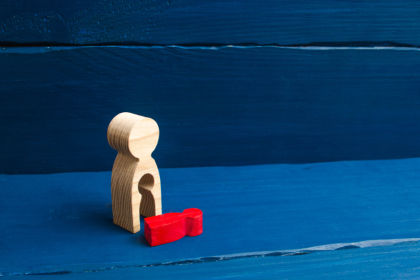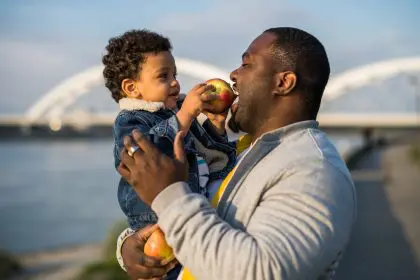Potty training is a significant milestone in a child’s development and can be a period of challenge and opportunity for parents. This guide offers comprehensive strategies to potty train your child in a healthy, supportive manner. Understanding the right timing, techniques, and psychological approaches can make this process smoother for both you and your child. By breaking down the steps, offering practical advice, and addressing common concerns, this article aims to empower parents with the knowledge and confidence to successfully navigate this essential phase.
Recognizing Readiness
When to Start:
The journey of potty training begins with recognizing when your child is ready. Most children show signs of readiness between the ages of 18 and 30 months, although it’s not uncommon for some to start earlier or later. Signs of readiness include being able to follow simple instructions, communicating when they need to go, and showing discomfort in wet or dirty diapers.
Preparation:
Preparing your child for potty training involves more than just a physical readiness; it also encompasses emotional readiness. It’s important to introduce the concept of using the toilet in a positive light. Reading books about potty training, talking about the process in a cheerful tone, and letting your child observe others using the toilet can demystify the experience and make it more appealing.
Setting the Stage
Choosing the Right Equipment:
Selecting appropriate potty training equipment is crucial. Whether it’s a standalone potty chair or a special seat that fits over your regular toilet, ensure it is stable and comfortable for your child. Allowing your child to pick out their own potty can also foster excitement and a sense of ownership in the training process.
Creating a Routine:
Establishing a consistent routine helps children understand when it’s time to use the toilet. Encourage your child to sit on the potty at regular intervals, such as after meals or before bedtime, and praise them for each attempt, success or not. This reinforces the habit and reduces resistance.
Effective Techniques
Positive Reinforcement:
One of the most effective strategies in potty training is positive reinforcement. Praise, clapping, and even small rewards for successful toilet visits can motivate your child to keep trying. Be patient and avoid showing disappointment or frustration if accidents occur. Remember, every child learns at their own pace.
Communication is Key:
Encourage your child to listen to their body and communicate their needs. Teach them words associated with using the toilet, such as “pee,” “poop,” and “potty time,” making it easier for them to tell you when they need to go.
Overcoming Challenges
Handling Accidents:
Accidents are a natural part of the potty training process. When they happen, it’s important to handle them with care and reassurance. Avoid punishment and instead gently remind your child that next time they should try to use the potty. Keeping a change of clothes handy and a calm demeanor will help your child learn without fear or embarrassment.
Nighttime Training:
Nighttime training typically comes after daytime success. To facilitate this, limit fluid intake before bed and make sure your child uses the toilet during their bedtime routine. Protective sheets and night-time training pants can help manage accidents without discouragement.
Maintaining Progress
Consistency is Crucial:
Maintaining consistency with potty training techniques, even when away from home, reinforces the training. Portable potties or travel adapters for public restrooms can help sustain routine and comfort.
Monitoring Progress:
Keep a chart or a journal to track progress and identify patterns or setbacks in potty training. This can help adjust tactics or celebrate successes, making the process transparent and rewarding for both parent and child.
Potty Training Essentials: Key Steps and Strategies
Potty training your child in a healthy way is not just about transitioning from diapers to the toilet; it’s a developmental leap that requires patience, consistency, and a nurturing attitude. Every child embarks on this journey uniquely, shaped by their own tempo and temperament, necessitating a personalized and flexible approach from you as a parent. By fostering a supportive and understanding environment, you can significantly ease this transition.
Using the strategies outlined above, such as recognizing readiness, setting a positive tone, and maintaining a routine, can transform potty training from a potentially stressful experience into an empowering one for both you and your child. Positive reinforcement, patience in the face of accidents, and celebrating small victories are key in building your child’s confidence and independence.
Remember, the goal of potty training extends beyond mere toilet use; it’s about nurturing your child’s growth and self-reliance. Each small step they take towards this independence not only teaches them about personal hygiene but also instills essential life skills. As parents, your role is to guide and support them through this process, ensuring it is successful and free from undue stress. Embrace this phase with a positive outlook, and watch your child flourish in their newfound capability.
This story was created using AI technology.

















